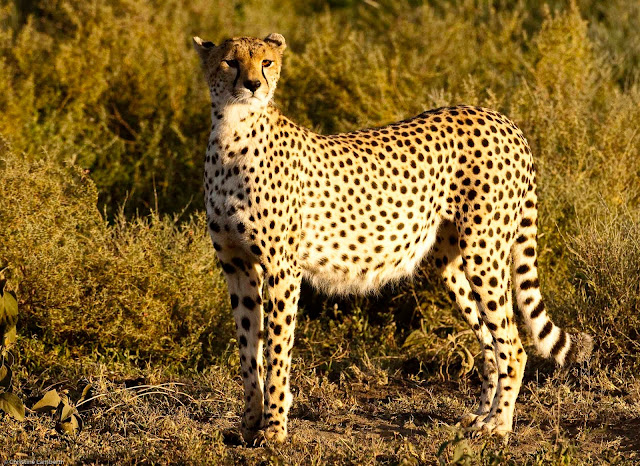SOUTH LUANGWA - TO FEEL LIKE AN EXPLORER..........
One of the greatest reasons for travel is to explore the
new and undiscovered. However, of course today, there are very few completely
undiscovered facts about our world but that does not take away the excitement
of seeing something for the first time.
Firstly, there were some variations on old themes. We
first observed how very small the elephants in this area are. Compared to the
behemoths of the South the elephants in South Luangwa looked dainty by
comparison and we certainly had some great moments. The chap featured below
decided that he was going to flex his muscles at us and even came and tapped
our vehicle with his tusk to prove his point.
The Guinea Fowl of the Luangwa are also a much brighter
bunch. The blue cheeks appear so much more blue. It would be interesting to
know whether this phenomenon is an actual pigment variation or whether the
colour appears more brilliant due to a change in light quality.
Another variation to the theme is the Zebra. In Zambia on
the banks of the Luangwa River we find the Crawshay’s Zebra whose claim to fame
is an absence of shadowing stripes. The clever book reveals that Africa is home
to three different species of Zebra and the Plains Zebra which is resident in
South Luangwa is of the genus Crawshayi which is one of five variations. Who’d
have thought that a pair of pyjamas can come in so many variations?
The Giraffe is another not so common creature. Under
normal circumstances one view a Giraffe as a Giraffe but no, there are
differences here too. The Giraffe comes in 8 different variations and the genus
found in South Luangwa is the Thornicrofts version whose particular feature
appears to be a very bumpy head. On our last morning we caught a couple
browsing amongst some delicious flowering trees and we were privy to some
wonderful tongue displays.
The Baboon appears to be a confusing race. THE BOOK
reveals that the Baboon of South Luangwa is a Savanna Baboon in a yellow
version. These agile and fleetfooted creatures appear to be a lot smaller than
those in the South of the continent and certainly don’t appear half as
threatening.
The Puku, an antelope with a darling little heart-shaped
nose and a relaxed attitude is one of the specialities of the region. In the
early morning when the sunlight dances off the blades of grass, a Puku provides
copious amounts of fodder for the enthusiastic photographer.
Armed with the Field
Guide to the Larger Mammals of Africa by Chris & Tilde Stuart research is
an essential part of the Safari Experience. A quick glance through the pages
and the years ahead seem hopelessly inadequate for one to catch a quick glimpse
of all of Africa’s rarer species. So it is a race against time.
South Luangwa is no slouch when it comes to providing the
avid explorer with a different view and something else to see, it was, therefore, with great anticipation
that we boarded the plane at OR Tambo International and headed North.
It is of course, one thing to know about the animals and
an entirely different thing to get a good photograph without knowing too much
about the specific animal’s behavioural patterns. Here’s where a Ranger/Guide
comes in really handy. The trip we undertook was with C4 Images represented by
Isak Pretorius and we stayed at the amazing Sanctuary Chichele Presidential
Lodge (chichele apparently means salt for those into trivia). To digress
slightly here – the Lodge is to be recommended for anyone visiting South
Luangwa. Great attention to detail, superb service and food. The nature guides
of the South of the continent of Africa have taken bush knowledge to the nth
degree. Very few questions go unanswered and no mis/disinformation is dished
out. There is very little that you ask that they won’t do and they go out of
their way to ensure your safety and security.
Armed with THE BOOK we struck out into the bush looking
for some great new captures. Despite some rainy weather at the beginning we
still managed to capture some different animals.
As in many other Reserves that we have had the privilege
to visit there are multitudes of birds. But, as mentioned before, I am not a
birding photographer. In fact, I think I have made the conscious decision to
only take photographs of sedentary birds. The special birds we managed to
capture as firsts are the Carmine Bee-eater, the Red-necked Spurfowl and the
African Grey Hornbill.
As with many of the places that we have visited on the
continent of Africa, it is a place you should return to again and again for it
has the potential to surprise and delight while still offering a sense of the
African Wilderness.












Comments